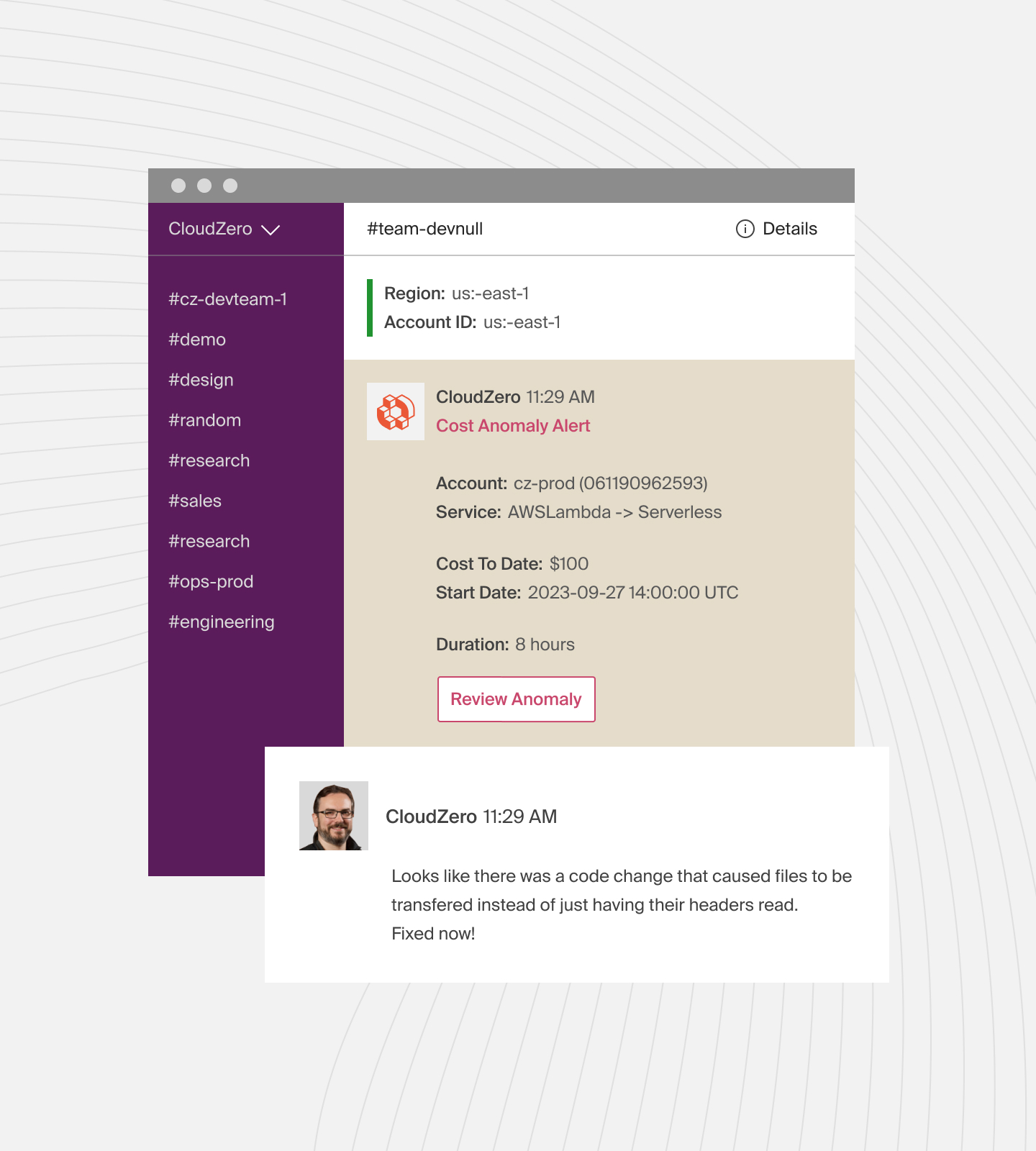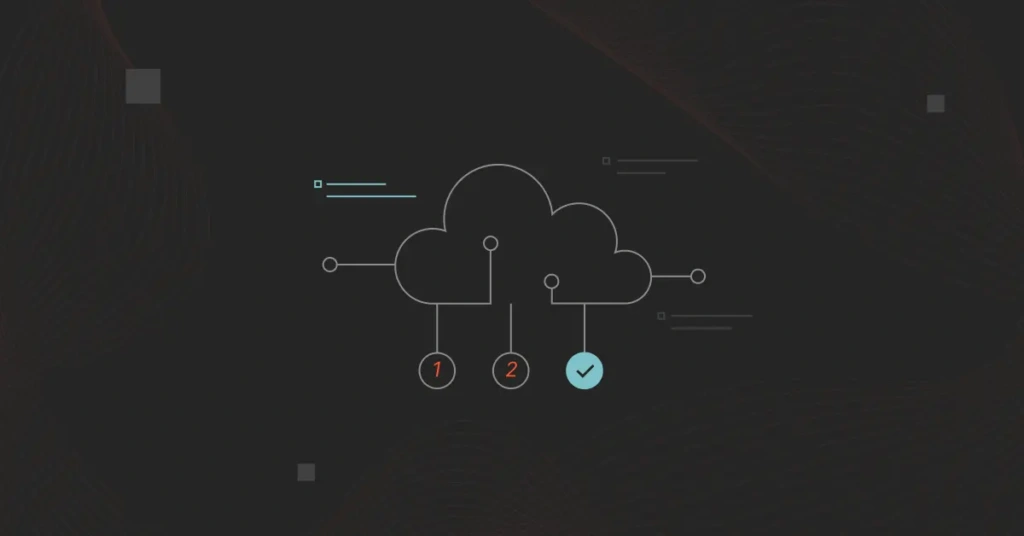As cloud adoption continues to increase, organizations are recognizing the need for cloud operations. CloudOps, as it’s often called, has become the industry standard for cloud-powered enterprises that intend to get the most out of their cloud services.
Previously, it was common for organizations to rush into cloud adoption, with IT operations handling cloud installation, management, and maintenance tasks. At the time, the cloud was considered to be a complementary extension of on-premise systems.
But then came the likes of AWS, Azure, and GCP, forcing enterprises to adjust their cloud strategies. Rapid cloud adoption approaches were replaced with Cloud Operations, as organizations carefully migrated even their mission-critical workloads to the cloud. This is precisely when IT operations morphed into a variety of more specialized focus areas.
In particular, CloudOps now features quite prominently among the 94% of enterprises leveraging the cloud. It works in tandem with DevOps to mitigate inefficiencies common with rapid adoption.
However, while CloudOps and DevOps are closely related, the terms cannot be used interchangeably. The two refer to distinctly different sets of operations, which you might need as your organization adopts and upscales its cloud infrastructure.
This guide will cover CloudOps in full detail, including the benefits and disadvantages of a Cloud Operations approach and best practices to help you understand the differences and cloud operations as a whole.
What Is Cloud Operations (CloudOps)?
Known simply as “CloudOps,” Cloud Operations refer to a combination of activities that seek to optimize IT services, tools, workloads, and processes in the cloud. Typical tasks here cover things like device management, performance, security, network, compliance, and software development — all to keep the underlying cloud infrastructure and its native applications running smoothly.
You can think of CloudOps as a collection of well-coordinated actions that enhance the efficiency, accessibility, availability, and flexibility of your cloud systems — which, in turn, translates into improved business agility.
While the cloud is widely praised for its flexibility, cost-effectiveness, and high accessibility, migrating your applications won’t guarantee these benefits. Ultimate efficacy here is only achieved when you additionally optimize the cloud-based processes.
That’s where Cloud Operations come in. They manage the cloud-based data and applications accordingly to keep them performing optimally for increased productivity.
That’s why, for instance, you’ll find CloudOps teams leveraging a host of cloud monitoring and automation tools. Such strategies help them capitalize on the full potential of their cloud services while, at the same time, expanding control and keeping tabs on core metrics.
This is not a one-time engagement, though. Cloud Operations are supposed to be performed continuously right from the moment you migrate to the cloud. Suspending the activities would only compromise your cloud systems — leading to increased system vulnerabilities and inefficiencies.
Even organizations that are yet to hire CloudOps teams are still performing some form of cloud operations. For instance, the bulk of small to medium-sized businesses are actively expanding their cloud operations without necessarily engaging dedicated CloudOps practitioners. Instead, they delegate Cloud Operations roles to their internal IT departments.
Large enterprises, on the other hand, run dedicated Cloud Centers of Excellence — or CCOE in short. This is where you’ll find professional experts specializing in various cross-functional cloud operations disciplines — such as compliance, security, IT operations, cloud services, and cloud architecture.
At the center, however, are CloudOps engineers. They are the primary service providers in the field of Cloud Operations, typically tasked with automating processes, keeping tabs on system performance, plus identifying possible vulnerabilities and bottlenecks.
CloudOps Vs. DevOps: How They Compare
While CloudOps is about managing and optimizing cloud-based systems, DevOps deals with development processes and IT operations. In a way, you could say that it’s geared towards facilitating agile collaboration between IT operations and development.
This wide area of focus means that DevOps is not as restricted as CloudOps. The activities here are specially engineered to achieve collaboration and efficiency across the entire organization — by progressively optimizing tools, processes, and people.
Simply put, DevOps teams seek to improve communication between IT departments and development. This alone minimizes delivery life cycles, allowing organizations to roll out software and updates quicker within a well-controlled environment.
As a result, DevOps:
- Satisfies customers’ needs and expectations by delivering high-quality products
- Aligns development projects with company goals
- Consistently refines people, processes, and toolsSubstantially reduces the standard product time to market
- Helps organizations shorten their development cycles
You’ll notice, in particular, that DevOps is largely human-focused, while CloudOps supports cloud computing. That’s why development teams are bound to enjoy a more seamless experience with DevOps — while Cloud Operations, on the other hand, achieve more or less the same efficiency with cloud assets.
Don’t get it wrong, though. DevOps and CloudOps do not run separately and independently of each other. On the contrary, they are intricately connected, with CloudOps as one of the DevOps enablers.
The process itself is pretty straightforward. DevOps runs agile and continuous processes to improve delivery. CloudOps complements DevOps by pushing operations to the cloud. So, in the end, organizations can enhance their development even further, thanks to the power of cloud computing.
Benefits And Disadvantages Of CloudOps
As with any cloud-oriented system, Cloud Operations are not entirely risk-free. They come with their fair share of drawbacks, potentially compromising your systems.
So, to help take all the necessary precautions, here is a full breakdown of all the pros and cons you should expect from CloudOps over the long haul.
Pros of CloudOps
- Improves service delivery – Cloud Operations are great at automating and executing a host of essential system tasks. You can, for example, set the system to generate analytical reports, perform quality assurance tests, create builds, and maintain infrastructure provisioning. Combined, such processes are bound to boost IT productivity, enhance operational efficiency, and improve service delivery.
- Maintains cloud availability – By updating cloud applications, scaling resources in real-time, monitoring data transfer, automating request handling, and deploying cloud assets when required, CloudOps manages to maintain consistent availability of cloud services. Therefore, organizations should be able to run applications and processes remotely from anywhere at any time without experiencing downtime or service outages.
- Strengthens data security – Data security is one of the core tasks of cloud operations. You seal potential vulnerabilities, encrypt data, conduct malware scans, patch applications, set up firewalls, and detect possible attacks. Another thing that comes with CloudOps is compliance management, which should help you keep the cloud processes within the confines of the law.
- Facilitates disaster recovery – In case you lose data or experience system failure, CloudOps measures can restore everything. The tools here are automated to back up and recover all types of data from off-site servers, guaranteeing business continuity.
Cons of CloudOps
- Potential budget overruns – The problem with scaling cloud resources is that you might unknowingly overprovision yourself with idle assets and underutilized space. This would mean extra charges on your bill, which could be astronomical over time. Already, a third of what businesses are incurring on the cloud is wasted spending, projected to hit 47% by the end of the year.

- Increased data security risks – Although cloud platforms gradually refine their data protection measures, you’ll still be susceptible to breaches and attacks. Cloud systems continue to attract all sorts of cyberattacks because their networks are remotely accessible.
5 CloudOps Best Practices
To mitigate these risks and get the most out of your cloud operations, you should follow the following best practices:
1. Set up a deployment plan
Instead of randomly rolling out your cloud applications and system updates, it’s advisable to follow a structured deployment plan. Draft an appropriate one based on your cloud architecture, system network, business needs, and sequence of operations.
With that, you can deploy applications without interfering with other operations or triggering outages.
2. Automate cloud processes
As you scale your CloudOps, you’ll notice that most cloud-based processes tend to follow a recurring pattern. For instance, data backup and network scanning operations typically maintain a consistent schedule.
Now, don’t stop there. Go deeper within your organization’s systems and find similar custom processes. Then, you can automate their operations without human input for the few that meet the criteria. This will considerably ease your workload, giving you the time to handle other critical operations within your company.
3. Build and maintain redundancy
Relying on a single server or application layer is especially risky, as cloud systems are not completely foolproof. Even a minor adjustment, such as a software update, can disrupt your core processes and lead to service disruption.
To avoid this, you should build redundancy by duplicating the critical components into a multilayered architecture. This should guarantee service availability, as the secondary systems would step in to replace the primary one whenever there’s a service disruption.
4. Set appropriate resource limits
Don’t get carried away by all the freedoms you find on enterprise platforms like AWS. Instead of aiming for everything you can afford, try provisioning your resources based on your system needs.
You can start by tracking your company’s processes to get a rough idea of the computing demands during peak and off-peak periods. Then, using the data, you can determine the precise amount of resources you’ll need to support everything.
The limits, in particular, can be set a little higher than the maximum demand value. After that, you could monitor the cloud operations and scale accordingly as the demands shift. This is one way to prevent overprovisioning, which can be costly over time.
5. Consider a multi-cloud or hybrid-cloud strategy.
A multi-cloud or hybrid cloud strategy increases flexibility, reduces costs, and prevents vendor lock-in. To optimize performance and reliability, distribute workloads across cloud providers or keep some workloads on-premises.
6. Implement cloud governance and security policies
Strong governance and security policies ensure your cloud usage aligns with organizational goals. It also protects against data breaches or unauthorized access. These policies help you manage risk and stay compliant with industry regulations.
7. Implement robust disaster recovery and business continuity plans
A disaster recovery plan is critical to business continuity. Regular backups, failover strategies, and clear recovery steps minimize downtime and data loss. With a solid plan, your organization can quickly recover from disruptions.
8. Monitor cloud costs
One of the major benefits of moving to the cloud—besides flexibility and remote accessibility—is cost efficiency. Yet organizations are increasingly spending more than they should due to inefficient architecture, overprovisioning, unutilized resources, and not measuring cloud unit costs.
To optimize costs, you should consider setting up a robust monitoring system that provides in-depth insight into your cloud spending. Sadly, the native cost management tools on cloud platforms are limited in terms of monitoring and measuring costs.
This is where a cloud cost intelligence platform, like CloudZero, can help.
CloudZero provides visibility into your cloud costs, enabling organizations and engineering teams to drill into cost data from a high level down to the individual components that drive their cloud spend — and see precisely what cloud services cost them the most and why.
With detailed cost intelligence, organizations can make informed product, engineering, and business decisions.
 to see how CloudZero can put your engineering team in control of cloud spending.
to see how CloudZero can put your engineering team in control of cloud spending.








